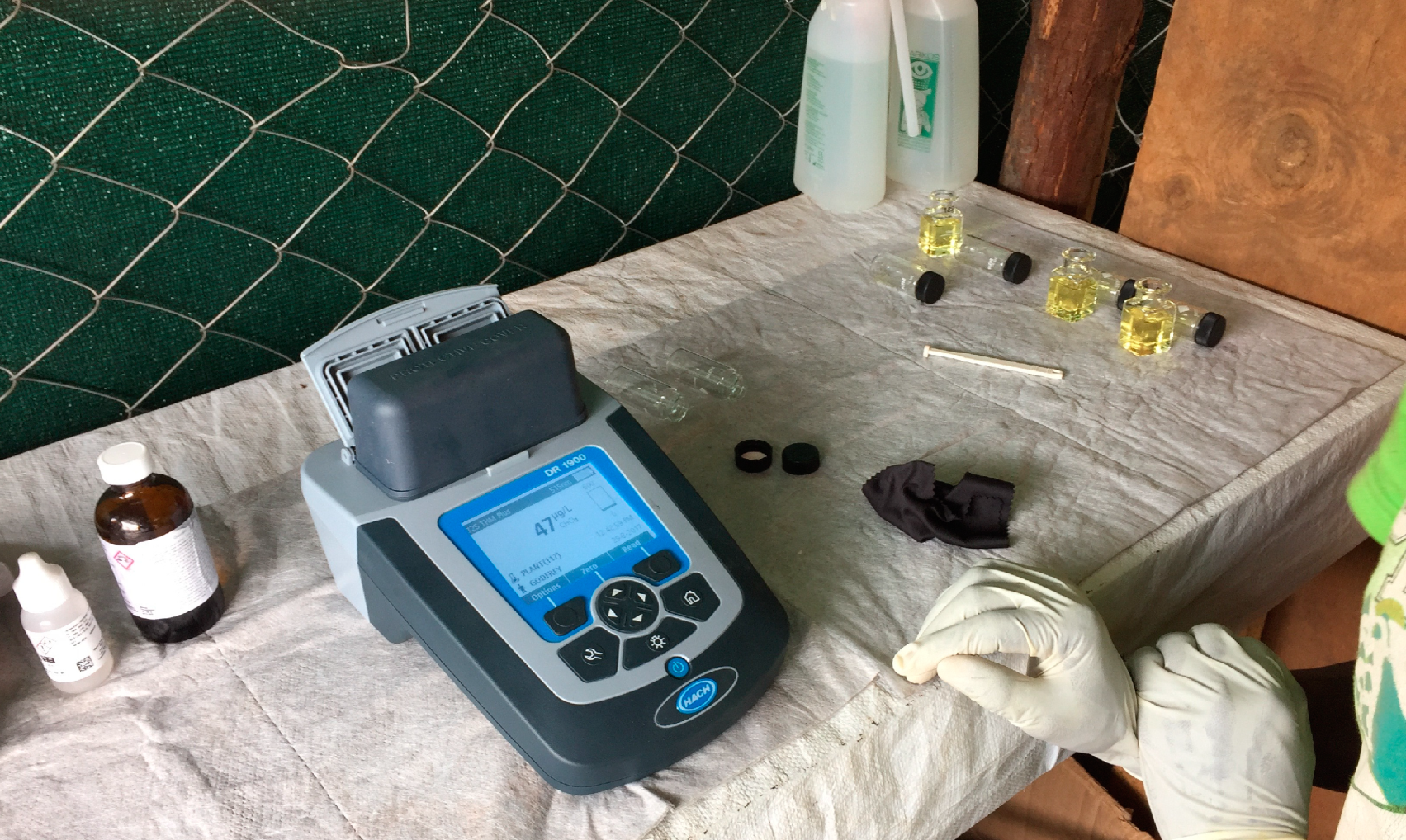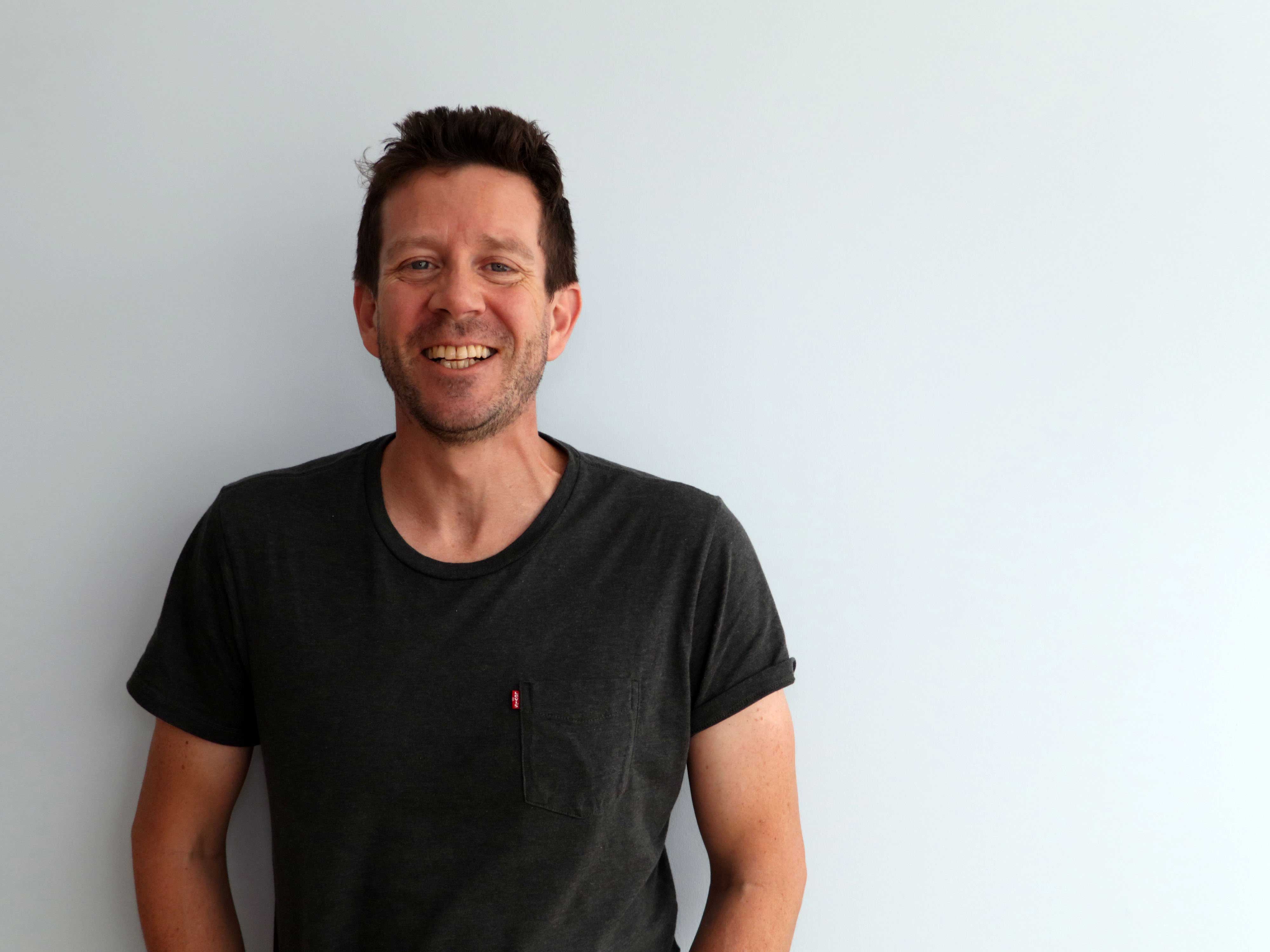Researchers Publish First-Of-Its-Kind Study in "Water"
April 1, 2019

Two DIGHR researchers, Dr. Syed Imran Ali and Matthew Arnold, have published a paper which reports a first-of-its-kind evaluation of disinfection by-products (DBP) levels in humanitarian water supplies.
Read the Abstract
The reliance on chlorination in humanitarian operations has raised concerns among practitioners about possible health risks associated with disinfection by-products; however, to date, there has not been an evaluation of disinfection by-product (DBP) levels in an emergency water supply intervention. This study aimed to investigate DBP levels at a surface-water treatment plant serving a refugee settlement in northern Uganda using the colorimetric Hach THM Plus Method. The plant had two treatment processes: (1) Simultaneous clarification–chlorination (“rapid treatment”); and (2) pre-clarification and chlorination in separate tanks (“standard treatment”). For both standard (n = 17) and rapid (n = 3) treatment processes, DBP levels in unique parcels of water were tested at 30 min post-chlorination and after 24 h of storage (to simulate what refugees actually consume). DBP levels after 24 h did not exceed the World Health Organization (WHO) guideline limit of 300 ppb equivalent chloroform, either for standard treatment (mean: 85.1 ppb; 95% confidence interval (C.I.): 71.0–99.1 ppb; maximum: 133.7 ppb) or for rapid treatment (mean: 218.0 ppb; 95% C.I.: 151.2–284.8; maximum: 249.0 ppb). Observed DBPs levels do not appear to be problematic with respect to the general population, but may pose sub-chronic exposure risks to specifically vulnerable populations that warrant further investigation.
Full Text: www.mdpi.com/2073-4441/11/4/647/htm
Related Content
Next/Previous
Revisiting First Annual Lecture with Dr. Liu »
« WASH Project Showcased in London at Humanitarian Innovation Fund Meeting



